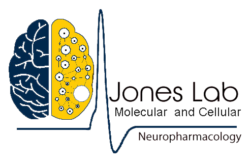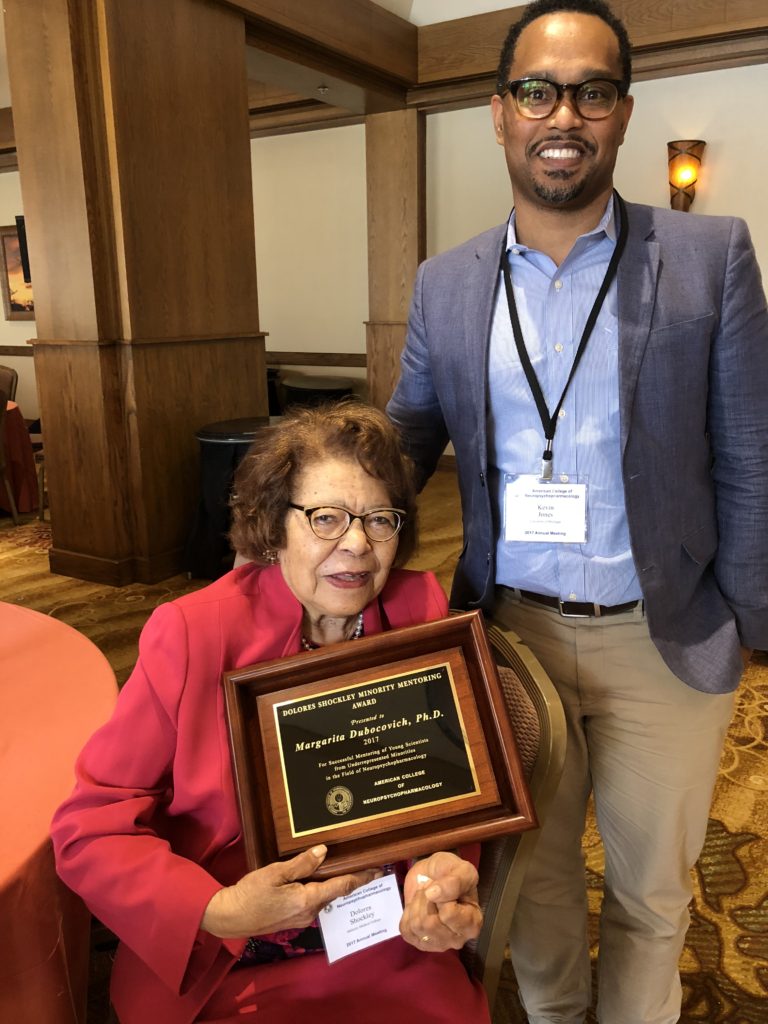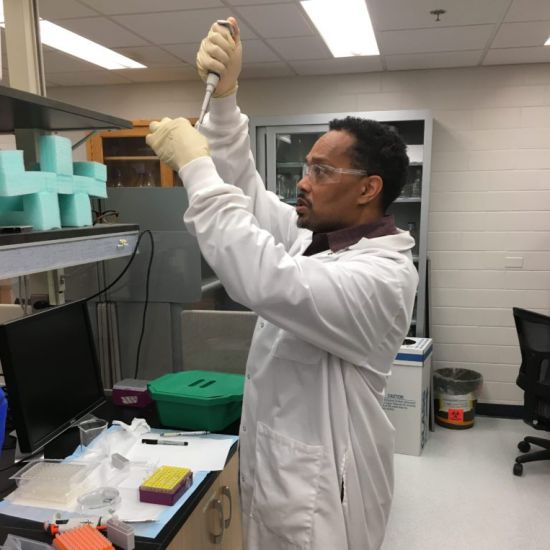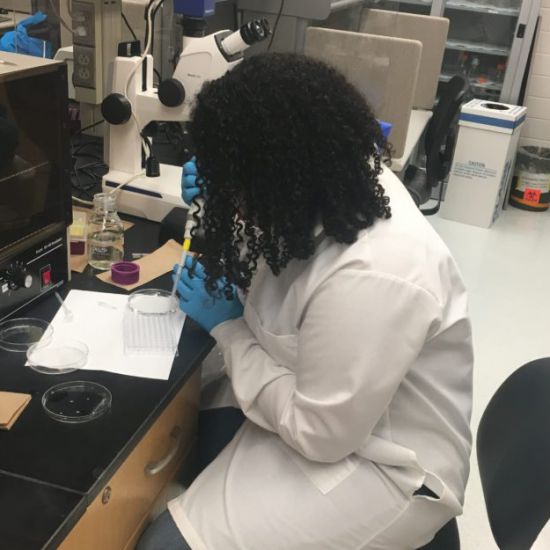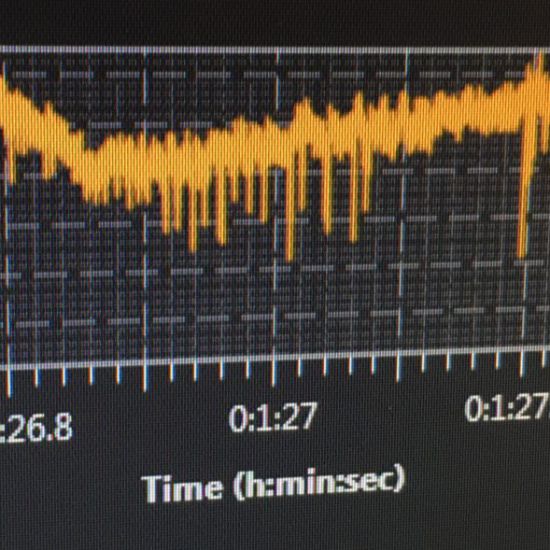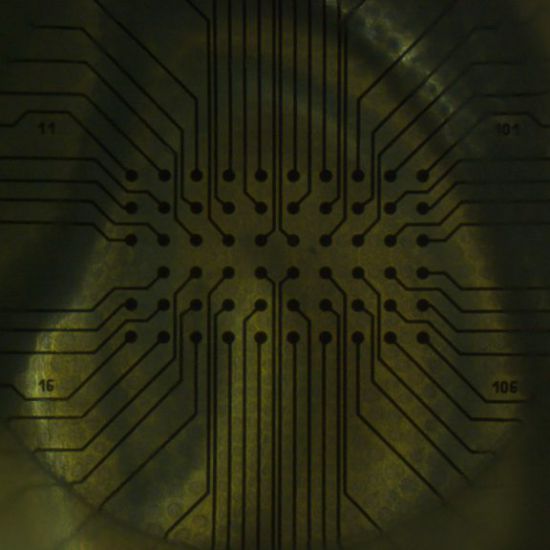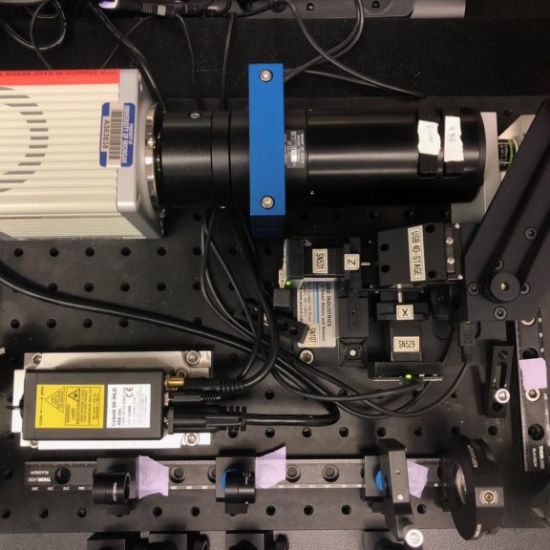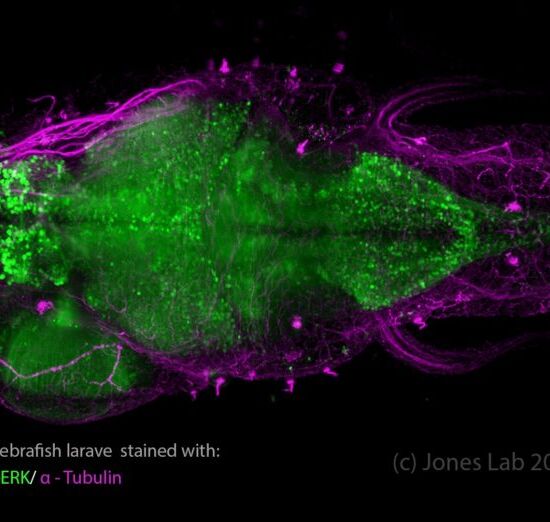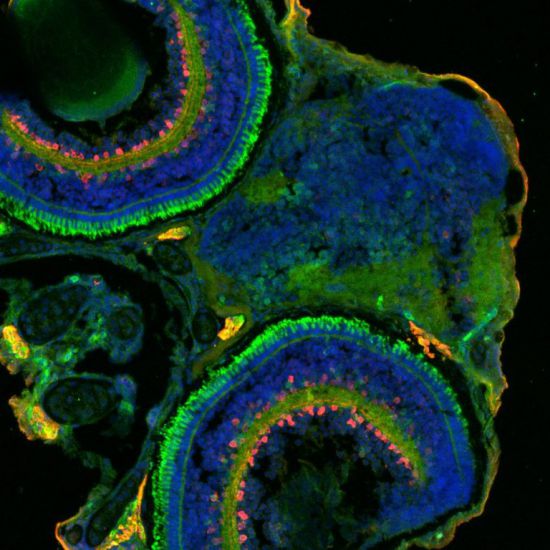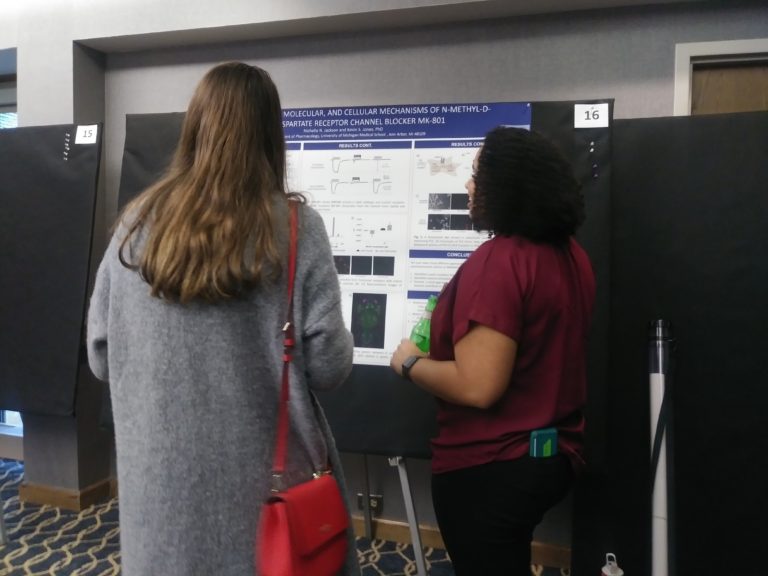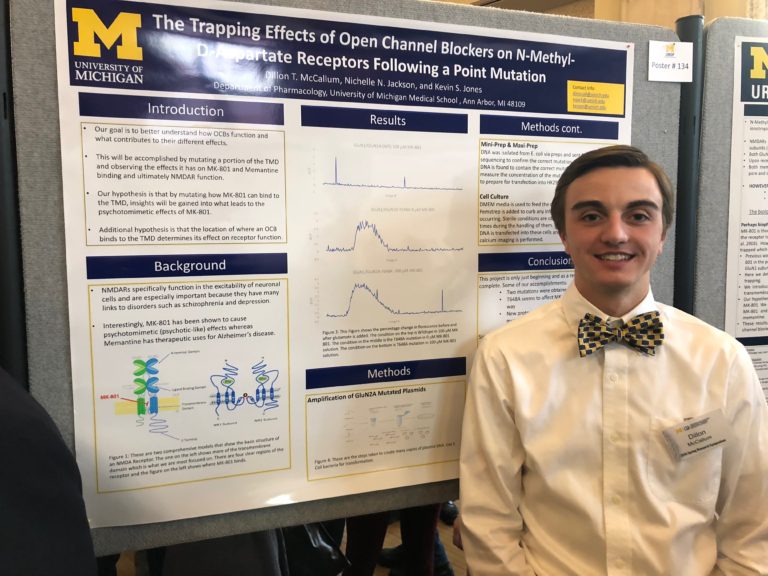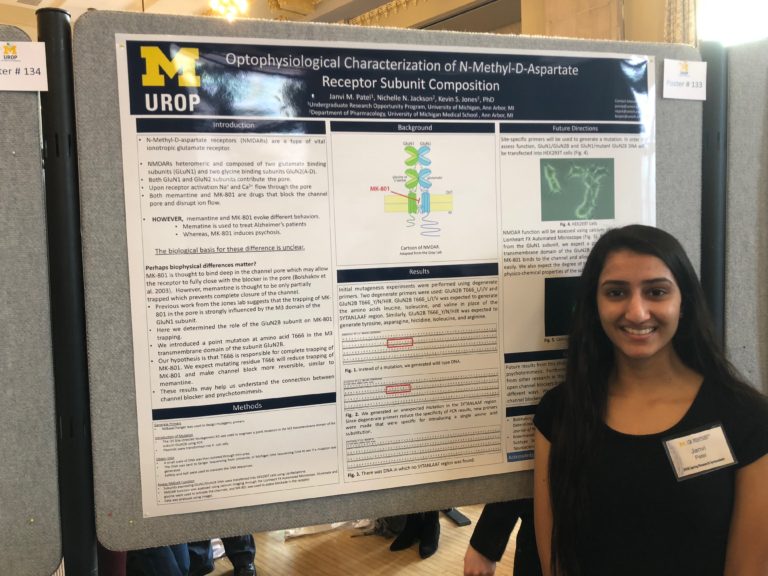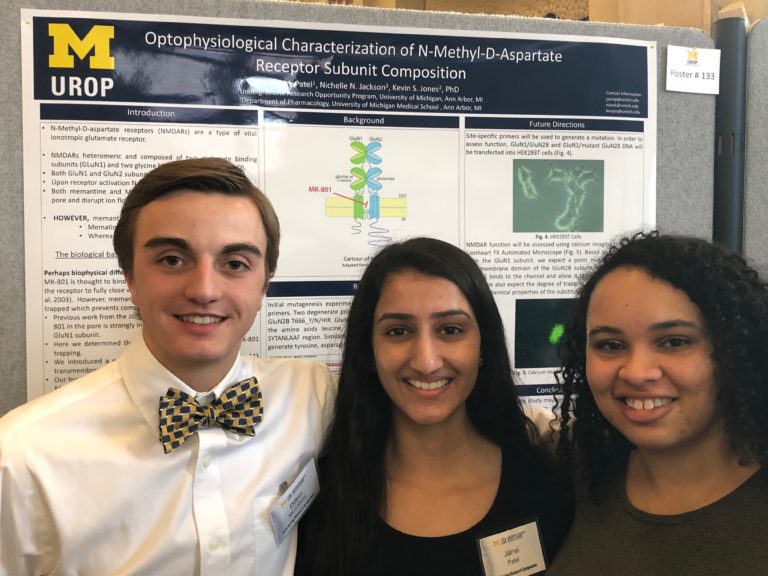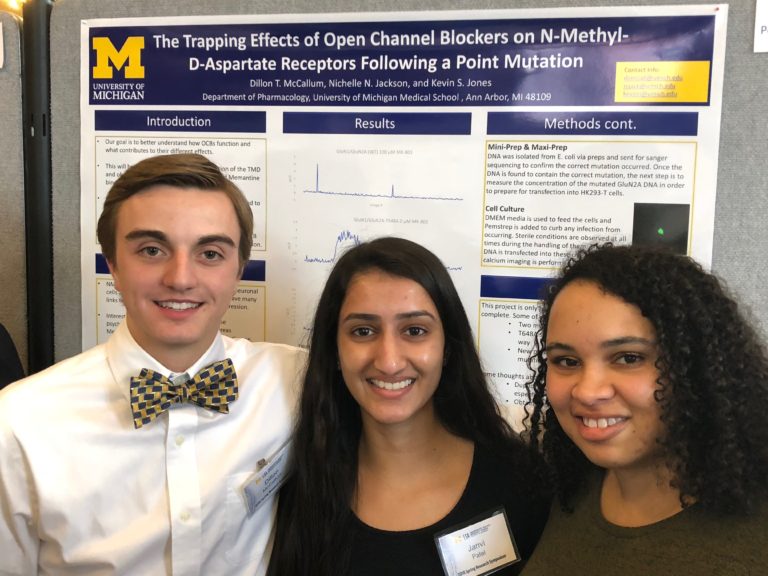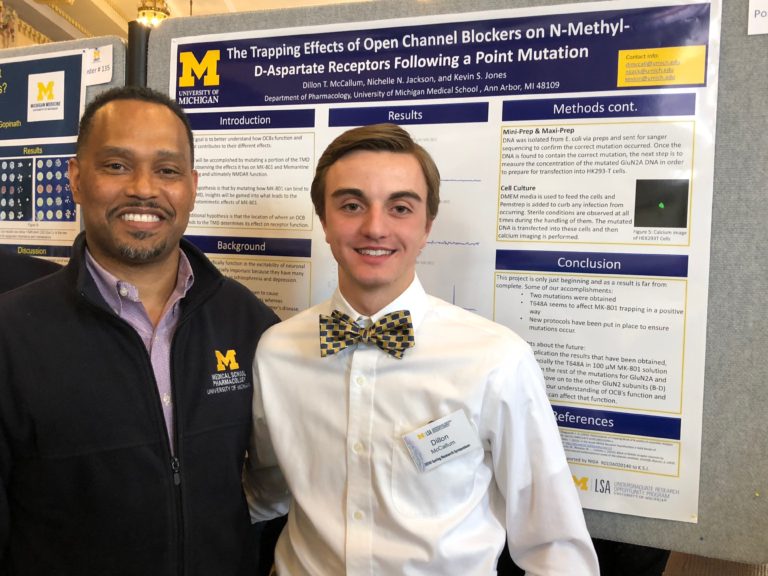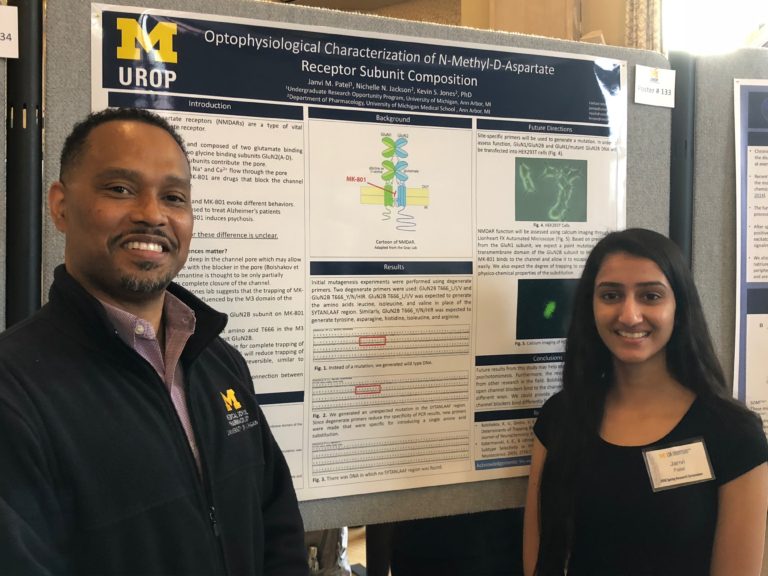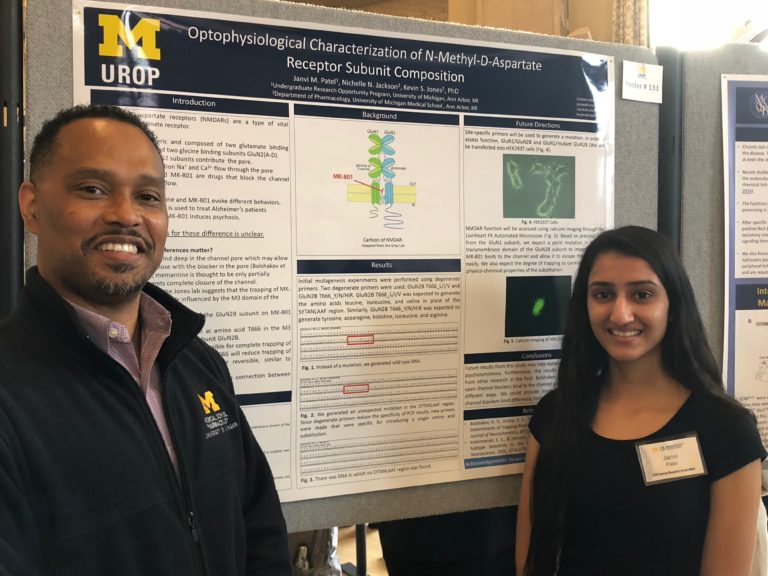Dr. Kevin Jones

Kevin S. Jones, PhD is an Assistant Professor in the Department of Pharmacology at the University of Michigan Medical School. His research interests include the neurophysiology and neuropharmacology of mental health disorders. Dr. Jones holds a PhD in Neuropharmacology from Duke University. His current works focuses on discovering new medicines for the treating of post-traumatic stress disorder, major depression and schizophrenia. Dr. Jones’ work has appeared in many journals including Neuron, The Journal of Neuroscience, the International Journal of Comparative Psychology, and others. Dr. Jones’ past and current affiliations include, the Instituto Ramon y Cajal, in Madrid, Spain; Johns Hopkins University Medical School, College of Osteopathic Medicine of the Pacific, University of Cincinnati, Pomona College and Charles Drew University Medical School. He is a member of the Society for Neuroscience, and is the immediate Past-President of the DC metro chapter of the Society of Neuroscience. He currently serves as the chair of the Diversity in Neuroscience Sub-Committee of the SfN Professional Development Committee. He is a member of the Executive Committee of Neuropharmacology Division of the American Society for Pharmacology and Experimental Therapeutics. In addition to managing his research team, Dr. Jones is also an award-winning instructor who enjoys teaching both undergraduate and graduate students. In his spare time he enjoys spending time with his family and currently coaching his two sons’ football teams.
More about Dr. Jones!
Kevin Jones Interview – Scientist of Color Podcast
Research
Elucidating the neurobiological mechanisms of drug-induced psychosis
N-methyl-D-aspartate receptors (NMDARs) are a ubiquitous subclass of ionotropic glutamate receptors that mediate excitatory neurotransmission. NMDARs are vital for healthy brain function and dysfunctional NMDARs are implicated in the pathophysiology of schizophrenia. Some drugs that block NMDARs, like phencyclidine (PCP), dizocilpine (MK-801) and ketamine induce schizophrenia-like symptoms, but others like memantine, do not. The properties that distinguish psychotomimetic NMDA blockers are unclear.
We are currently working on (1) determining the biophysical mechanisms of MK-801 dissociation from the ion channel pore, (2) identifying the neural circuits that contribute to the hyperlocomotor actions induced by NMDAR open channel blockers, (3) examining how MK801 disrupts hippocampal oscillations in a mouse model of schizophrenia and (4) examining how subunit composition influences the psychotomimetic actions of MK-801. To address these, she is using a combination of: (1) calcium imaging; (2) whole cell patch clamping in heterologous expression system; (3) whole-mount immunohistochemistry; (4) multi electrode array recordings of chemical induced oscillations in the hippocampus; and (5) in vivo imaging in zebrafish using lightsheet microscopy.
Vehicle treated Zebrafish
MK801 treated Zebrafish
Characterized the molecular mechanisms of ketamine-mediated rapid anti-depression
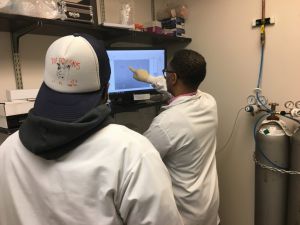 Major depressive disorder (MDD) is a highly prevalent psychiatric disorder that commonly treated with selectiveserotonin/norepinephrine reuptake inhibitors (SS/NRIs).
Major depressive disorder (MDD) is a highly prevalent psychiatric disorder that commonly treated with selectiveserotonin/norepinephrine reuptake inhibitors (SS/NRIs).
SS/NRIs are fully effective for only a small fraction of patients, and can take may weeks to achieve relief.
Remarkably, the NMDAR (N-methyl- d-aspartate receptor) antagonist, ketamine, was discovered to alleviate symptoms of depression in about an hour.
Ketamine blocks the ion channel pore of the NMDA receptor, but the mechanism of rapid antidepression is unclear. Recent evidence suggests the rapid antidepressant actions of ketamine actually arise from an active metabolite, called 2R,6R, hydroxynorketamine (6-HNK). The goal of this project is elucidate the pharmacological actions of 6-HNK.
Nichelle’s Second year talk
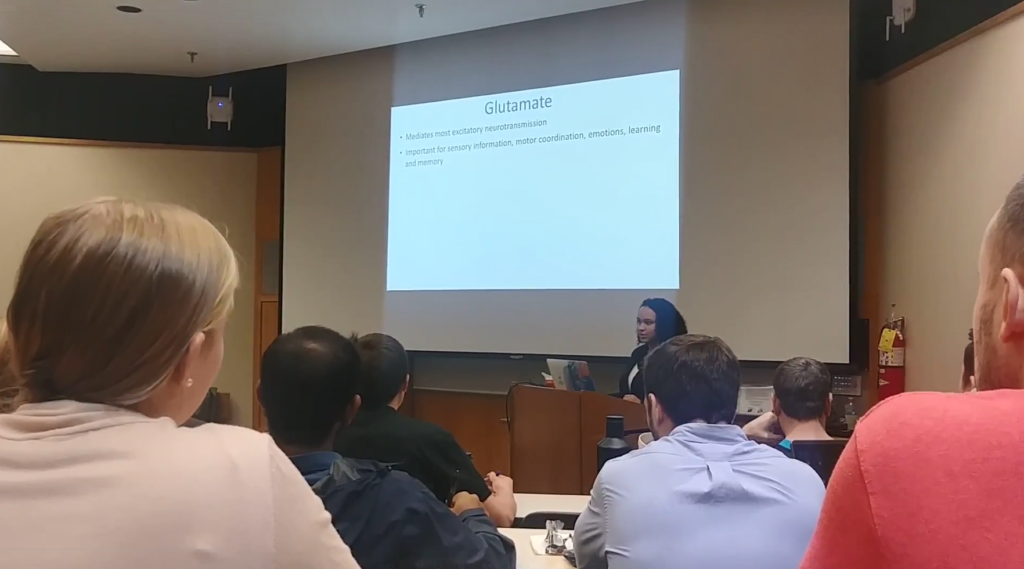
Poster Presentations
- + PI
-
Dr. Kevin Jones

Assistant Professor Pharmacology Department kevjon@umich.edu Kevin S. Jones, PhD is an Assistant Professor in the Department of Pharmacology at the University of Michigan Medical School. His research interests include the neurophysiology and neuropharmacology of mental health disorders. Dr. Jones holds a PhD in Neuropharmacology from Duke University. His current works focuses on discovering new medicines for the treating of post-traumatic stress disorder, major depression and schizophrenia. Dr. Jones’ work has appeared in many journals including Neuron, The Journal of Neuroscience, the International Journal of Comparative Psychology, and others. Dr. Jones’ past and current affiliations include, the Instituto Ramon y Cajal, in Madrid, Spain; Johns Hopkins University Medical School, College of Osteopathic Medicine of the Pacific, University of Cincinnati, Pomona College and Charles Drew University Medical School. He is a member of the Society for Neuroscience, and is the immediate Past-President of the DC metro chapter of the Society of Neuroscience. He currently serves as the chair of the Diversity in Neuroscience Sub-Committee of the SfN Professional Development Committee. He is a member of the Executive Committee of Neuropharmacology Division of the American Society for Pharmacology and Experimental Therapeutics. In addition to managing his research team, Dr. Jones is also an award-winning instructor who enjoys teaching both undergraduate and graduate students. In his spare time he enjoys spending time with his family and currently coaching his two sons’ football teams.
More about Dr. Jones!
Kevin Jones Interview – Scientist of Color Podcast
- + Research
-
Research
Elucidating the neurobiological mechanisms of drug-induced psychosis
N-methyl-D-aspartate receptors (NMDARs) are a ubiquitous subclass of ionotropic glutamate receptors that mediate excitatory neurotransmission. NMDARs are vital for healthy brain function and dysfunctional NMDARs are implicated in the pathophysiology of schizophrenia. Some drugs that block NMDARs, like phencyclidine (PCP), dizocilpine (MK-801) and ketamine induce schizophrenia-like symptoms, but others like memantine, do not. The properties that distinguish psychotomimetic NMDA blockers are unclear.
We are currently working on (1) determining the biophysical mechanisms of MK-801 dissociation from the ion channel pore, (2) identifying the neural circuits that contribute to the hyperlocomotor actions induced by NMDAR open channel blockers, (3) examining how MK801 disrupts hippocampal oscillations in a mouse model of schizophrenia and (4) examining how subunit composition influences the psychotomimetic actions of MK-801. To address these, she is using a combination of: (1) calcium imaging; (2) whole cell patch clamping in heterologous expression system; (3) whole-mount immunohistochemistry; (4) multi electrode array recordings of chemical induced oscillations in the hippocampus; and (5) in vivo imaging in zebrafish using lightsheet microscopy.Vehicle treated Zebrafish
MK801 treated Zebrafish
Characterized the molecular mechanisms of ketamine-mediated rapid anti-depression
 Major depressive disorder (MDD) is a highly prevalent psychiatric disorder that commonly treated with selectiveserotonin/norepinephrine reuptake inhibitors (SS/NRIs).
Major depressive disorder (MDD) is a highly prevalent psychiatric disorder that commonly treated with selectiveserotonin/norepinephrine reuptake inhibitors (SS/NRIs).
SS/NRIs are fully effective for only a small fraction of patients, and can take may weeks to achieve relief.
Remarkably, the NMDAR (N-methyl- d-aspartate receptor) antagonist, ketamine, was discovered to alleviate symptoms of depression in about an hour.
Ketamine blocks the ion channel pore of the NMDA receptor, but the mechanism of rapid antidepression is unclear. Recent evidence suggests the rapid antidepressant actions of ketamine actually arise from an active metabolite, called 2R,6R, hydroxynorketamine (6-HNK). The goal of this project is elucidate the pharmacological actions of 6-HNK. - + Presentations
-
Nichelle’s Second year talk

Poster Presentations
